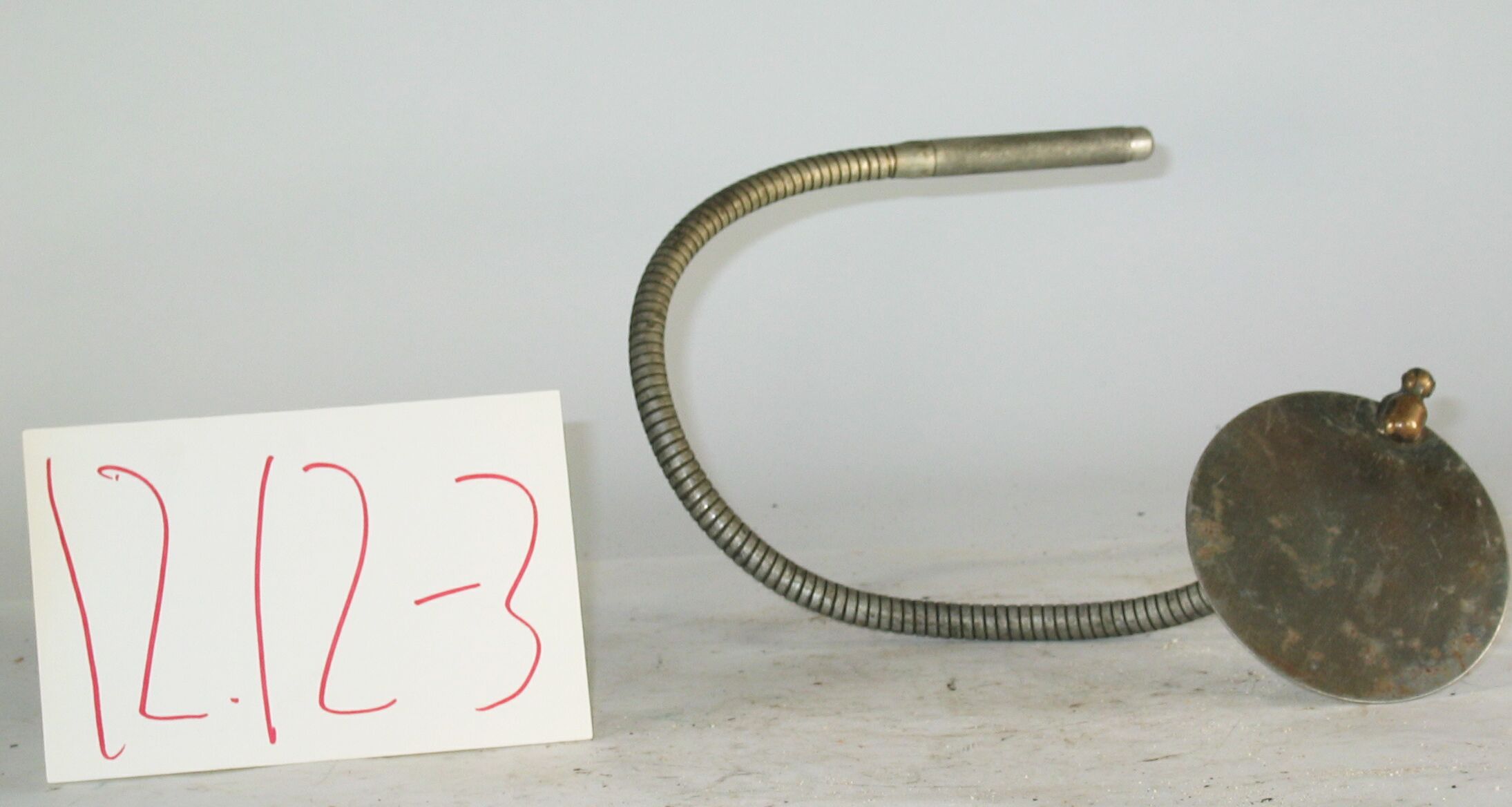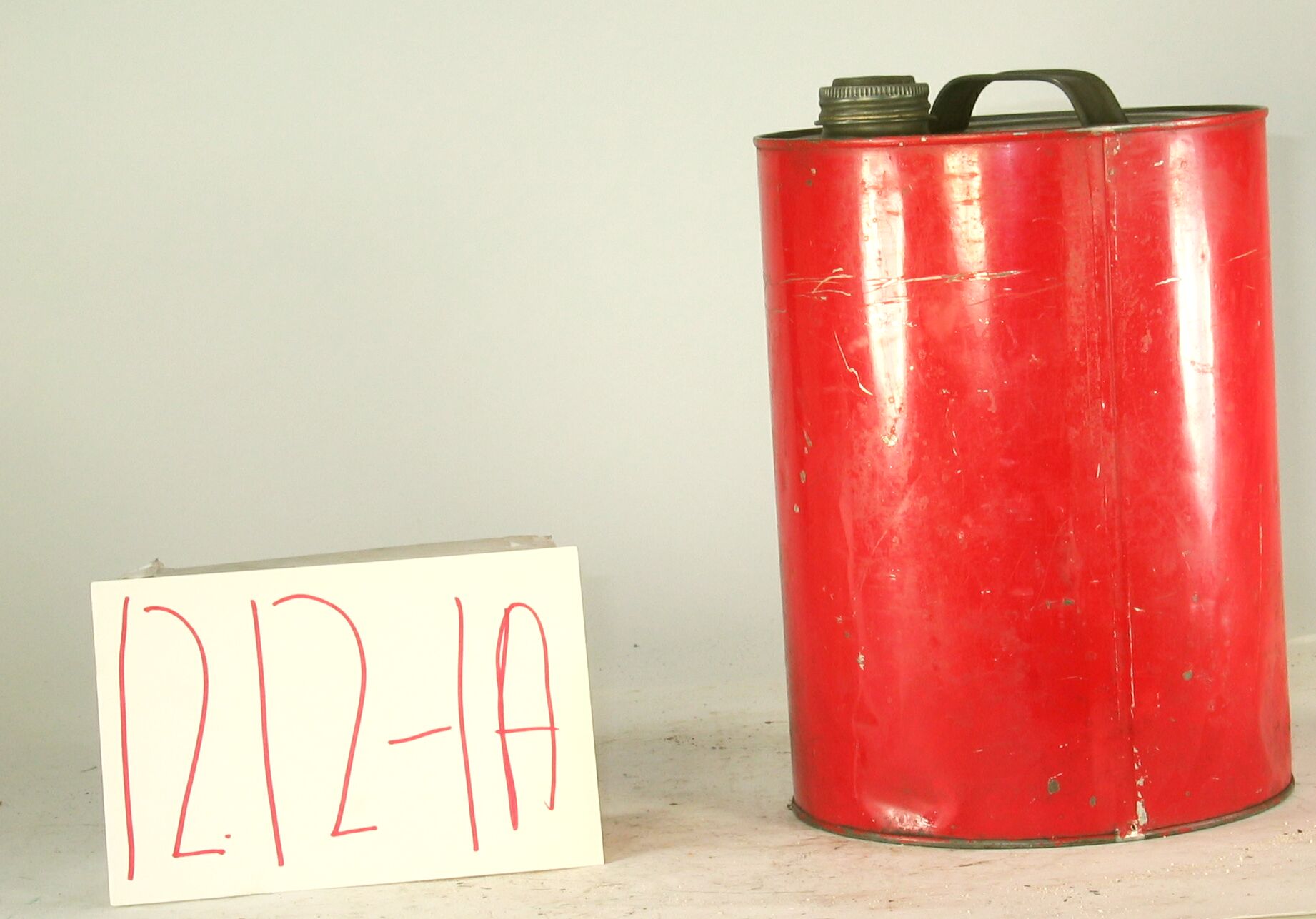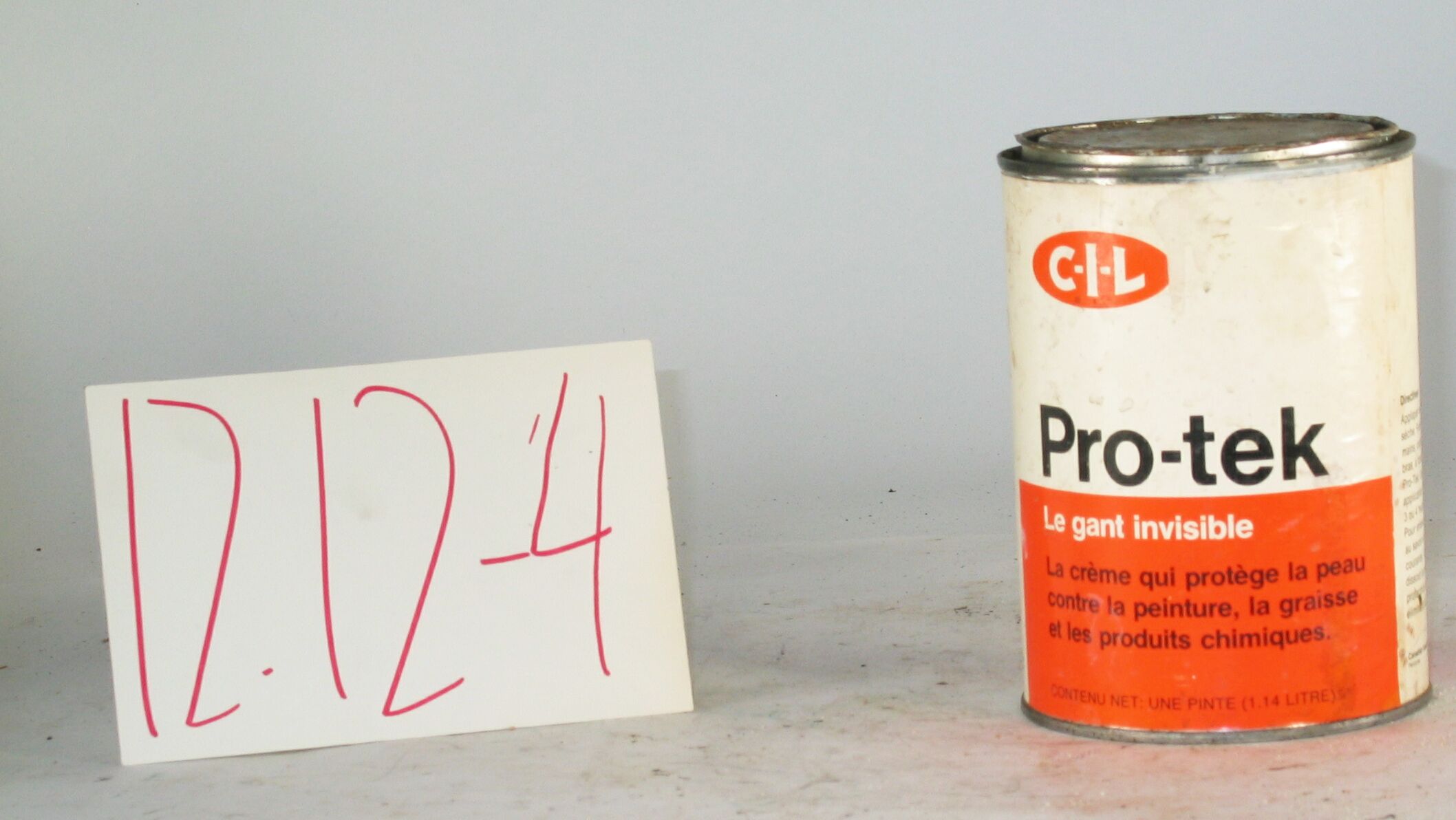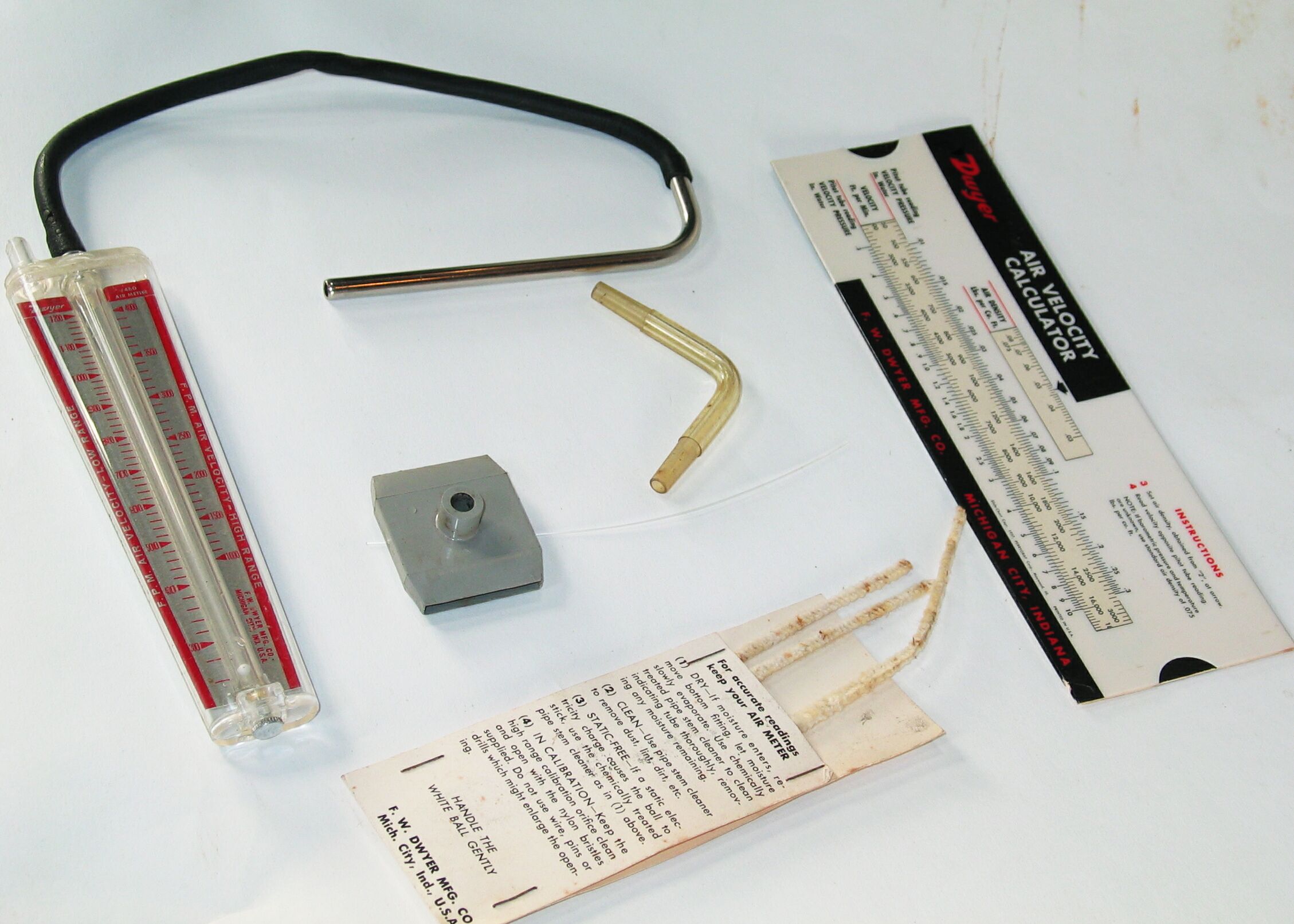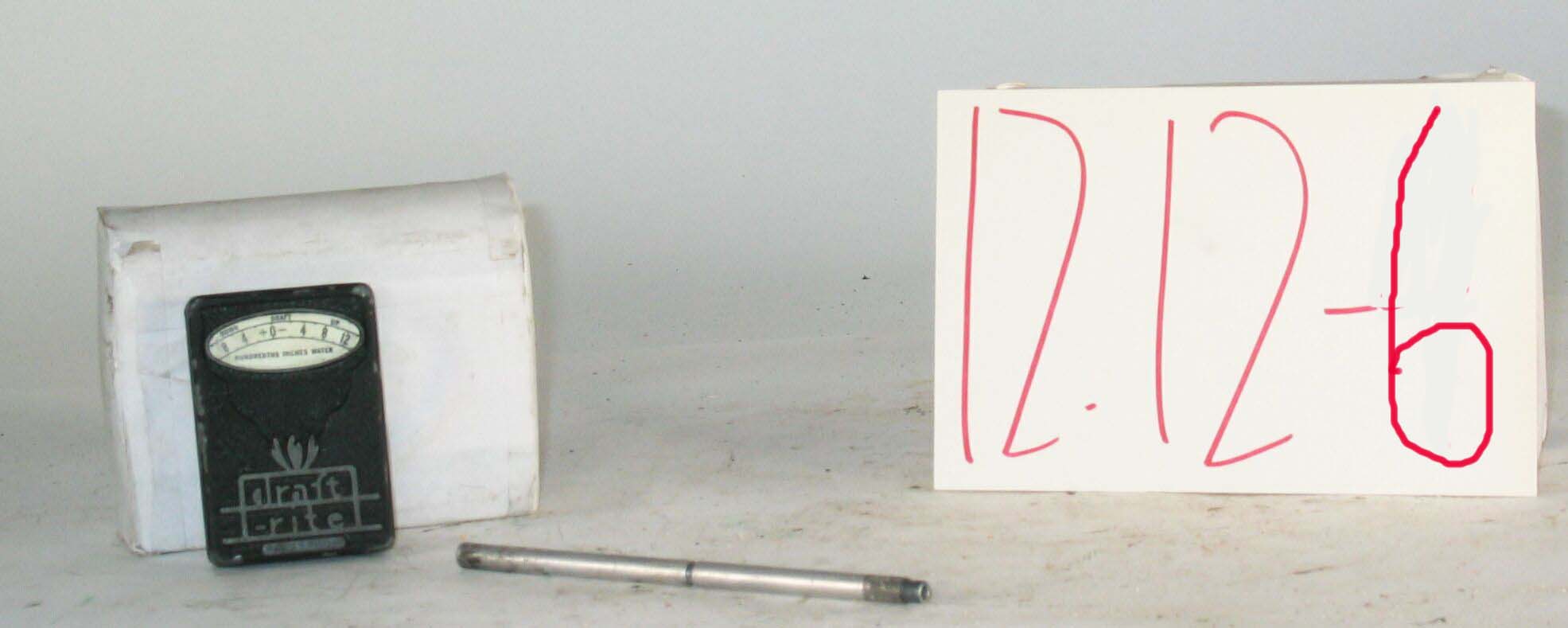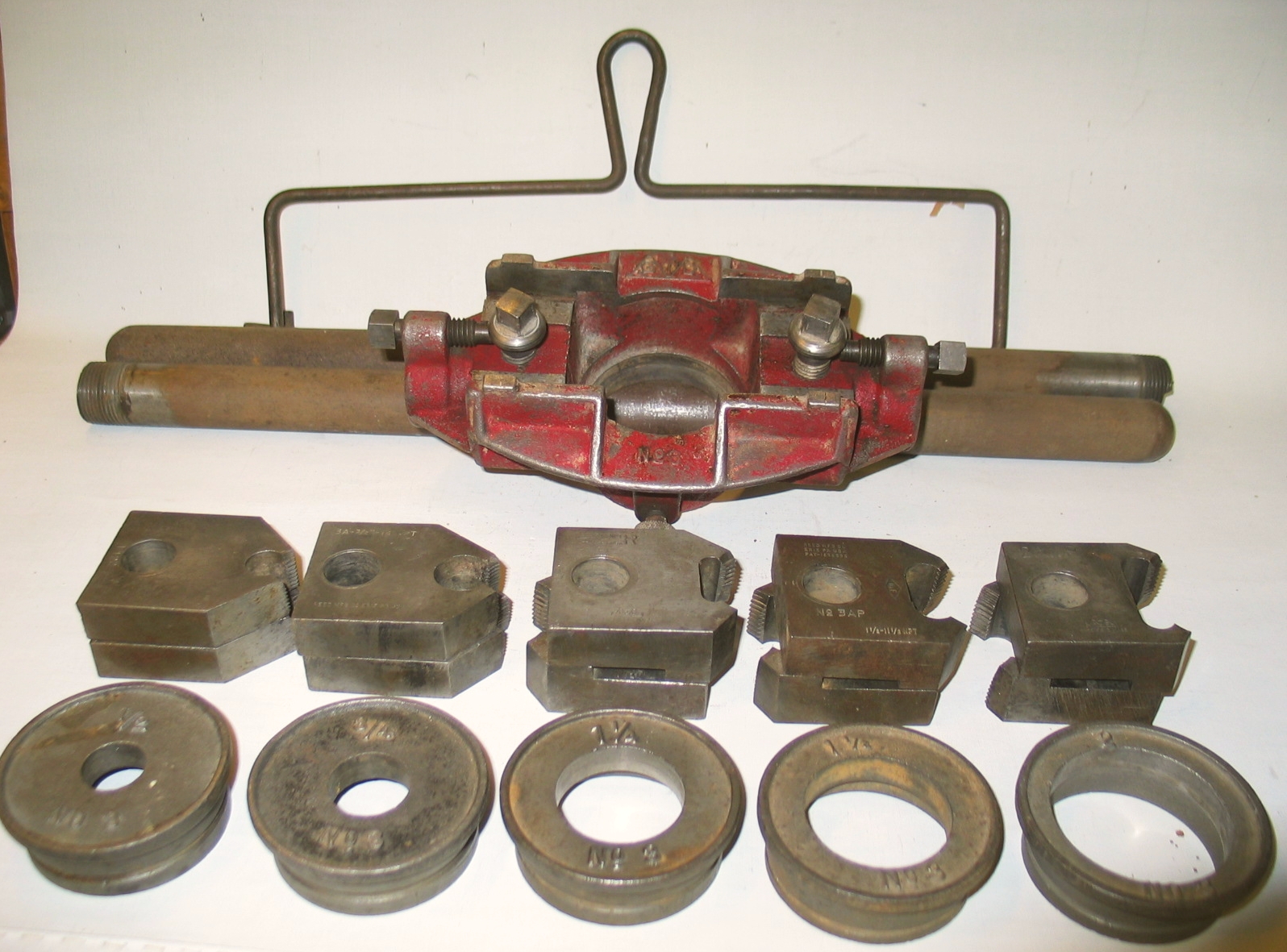12.12-2: Sunshine 1939 Hand Cleaner
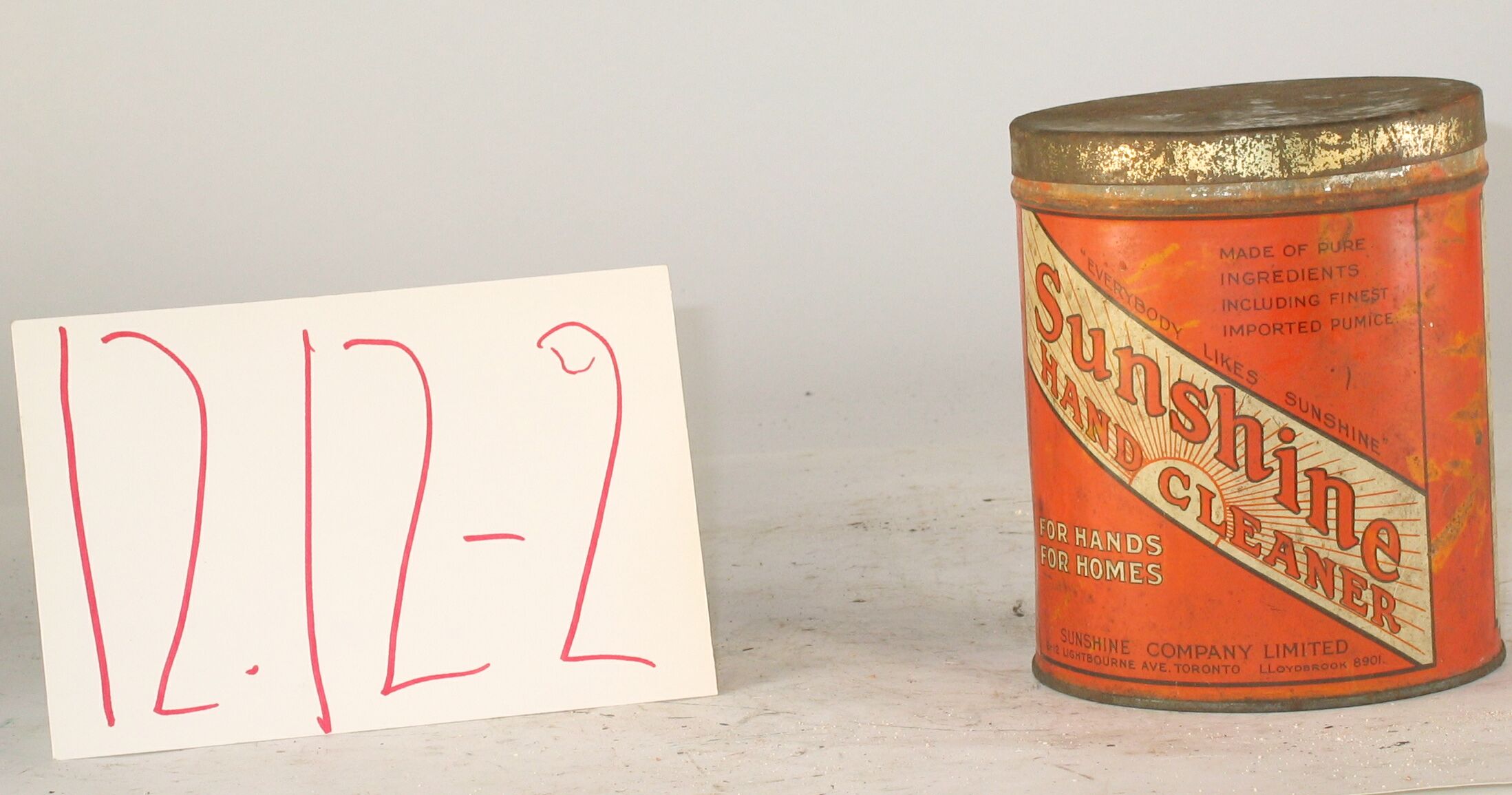
| HHCC Accession No. 2006.125 | HHCC Classification Code: 12.12-2 |
|---|
Description:
Sunshine hand cleaner, in metal can and lid [empty], highly decorated and stencilled in orange, white and black, ‘for hands for home’; ‘every one likes sunshine’; ‘made of pure ingredients, including finest imported pumice’; hand cleaner would be a common place in the homes and tool boxes of the oil burner and refrigeration mechanics of the 1920’s through 1940’s, Sunshine Company, Circa 1939
Group:
12.12 Pressure Atomizing Oil Burner Equipment and Systems - Installation, Test and Repair
Make:
Sunshine
Manufacturer:
Sunshine Co. Limited, 2-12 Lightbourne Ave. Toronto
Model:
Serial No.:
Size:
4.5 inch dia. x 5 inches high
Weight:
5 ozs.
Circa:
1939
Rating:
Exhibit, education, and research quality, illustrating the expectations of installation and service mechanics, for personal cleanness, a must for a new generation of home service workers working in the Canadian home starting in the 1920’s, part of a newly emerging service economy in Canada.
Patent Date/Number:
Provenance:
From York County (York Region) Ontario, once a rich agricultural hinterlands, attracting early settlement in the last years of the 18th century. Located on the north slopes of the Oak Ridges Moraine, within 20 miles of Toronto, the County would also attract early ex-urban development, to be come a wealthy market place for the emerging household and consumer technologies of the early and mid 20th century.
This artifact was discovered in the 1950’s in the used stock of T. H. Oliver, Refrigeration and Electric Sales and Service, Aurora, Ontario, an early worker in the field of agricultural, industrial and consumer technology.
Type and Design:
rolled and tinned steel sheet press on friction lid in orange black and white
Construction:
Material:
Special Features:
Accessories:
Capacities:
Performance Characteristics:
Operation:
Control and Regulation:
Targeted Market Segment:
Consumer Acceptance:
Merchandising:
Market Price:
Technological Significance:
New tools for hand cleaning were part of the tool kit of the new breed of service man and mechanic of the 1920’s, to be increasingly visible going in and out of the Canadian home. It was machinery-based, unlike much of the electronic-based home technology that would now quickly follow.
The technology of the day was by definition mechanical, oily and dirty and required special hand care. Water soluble, pumice-based hand cleaners were a popular solution. Based on simple rolled sheet metal brake manufacturing methods, this historic artifact tools of the emerging automatic oil heating service trade is a markers of the metal fabricating methods of the period, as well as of a basic tool that would come to characterise trade practices of the period.
Industrial Significance:
Socio-economic Significance:
It was the 1930’s and as Canada slowly emerged from the economic depression of the period, so too would a new economic sector emerge, the service sector, one which would grow to dominate, contributing much of the country’s economic strength well before the end of the century. The home service trades grew rapidly during this pre W.W.II period and on into the 1950’s, plumber, electrician, heating and refrigeration. The promotional messages on the can demonstrate that the Sunshine Co. was also in the business of cleaning work cloths, as well as workers. They were clearly moving to capture a good chunk of the market in this technology induced, newly expanding market segment.
Socio-cultural Significance:
With the advent of home-based technology in the 1920’s, including auto mechanics, oil heating and refrigeration mechanics, came the need for a new level of cleanness and personnel care ‘ beyond what was acceptable on the garage and the factory floor The Sunshine Company of Toronto was quick to respond to the new sense of need. The promotional material on the can told the story in full colour. ‘for hands for home’; ‘every one likes sunshine’; ‘made of pure ingredients, including finest imported pumice’ The graphics and promotional material on the can stand as an exemplars of the advertising art form of the period.
Donor:
G. Leslie Oliver, The T. H. Oliver HVACR Collection
